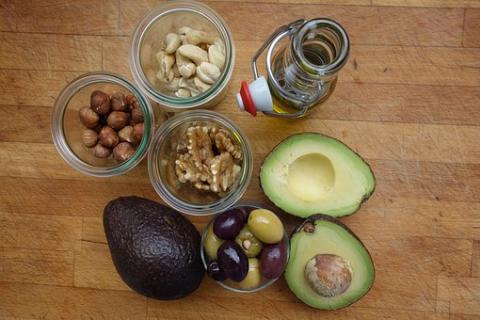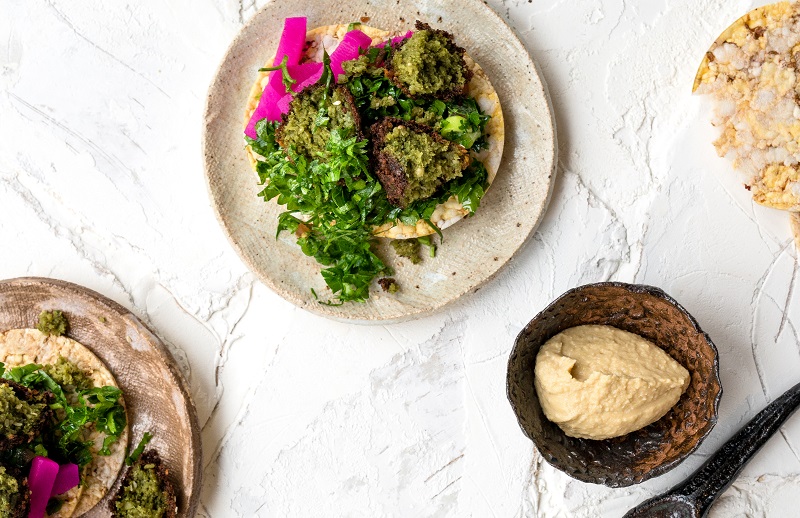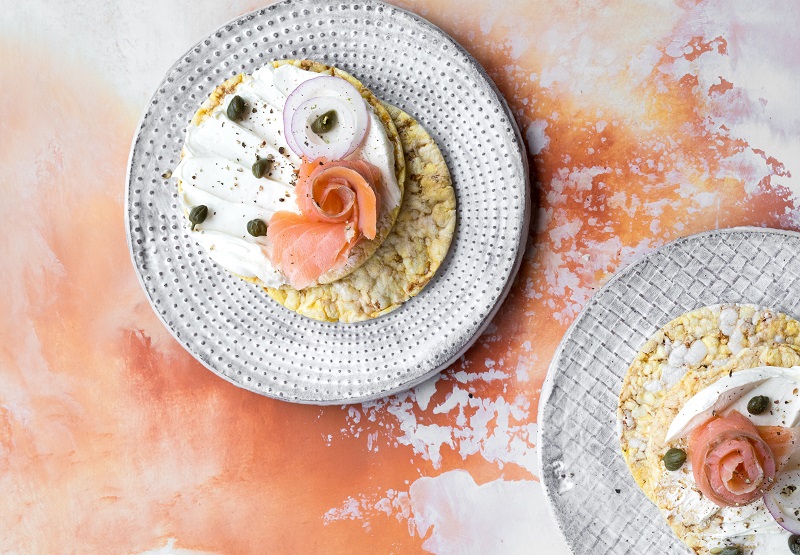The Truth About Healthy & Unhealthy Fats

The Truth about Healthy and Unhealthy Fats

In today’s society many people struggle to achieve a healthy weight, and to be honest who can blame us. Everywhere you turn, you are confronted with the availability and promotion of unhealthy fatty foods. It is therefore understandable that in a society obsessed with food, Australian’s struggle to eat a well-balanced and healthy diet. That is why it is important to educate yourself on the types of food you should be eating.
Fat intake is proven to have a dramatic impact on an individual’s weight and cardiovascular health. There are two types of fat, the good fats and the bad fats. The good fats are known as your unsaturated fats, and these fats actually work to improve your heart health. In contrast, your bad fats, referred to as your saturated and trans fats, are the ones that build up in your arteries and cause various diseases such as high blood pressure, high cholesterol, atherosclerosis, heart failure, coronary artery disease and other cardiovascular related illnesses. It is therefore understandable that to achieve a healthy diet, we should be cutting down our intake of the bad fats and increasing out intake of the good fats.
What are the bad fats?
- Confectionary foods (baked goods, chocolate, chips etc.)
- Processed meats (salami, sausages, ham, bacon etc.)
- Fried foods and greasy take away foods
- Full fat dairy (cheese, cream, ice-cream, sour cream).
- Butter and lard
- Visible fat around cuts of meat
What are the good fats?
- Avocado
- Olive Oil
- Nuts and Seeds (particularly walnuts, flaxseeds, almonds, chia seeds)
- Oily fish (e.g. tuna, salmon, sardines, trout, herring)
- Products that are fortified with Omega-3 (margarine, bread etc.)
How much of the good fats should you eat?
This is where things start to get a little bit complicated. As a previously mentioned, the consumption of good fats helps to improve heart health, however even the good fats still contain a large amount of calories per portion. Therefore, in order to avoid weight gain, you want to make sure you don’t eat excessive amounts of the good fats either. I would recommend that you consume 1 serve of the good fats per day in the following serving sizes:
- ¼ of an avocado
- One small handful of nuts/seeds (approx. 8-10 pieces)
- 1 can of tuna or a palm size piece of oily fish
What are some strategies to decrease unhealthy fat intake?
- Trim all visible fat from meat cuts prior to cooking.
- Substitute red meats (steak, lamb, pork) for white meat alternatives (turkey, chicken, fish)
- Swap full fat dairy products for low fat or skim alternatives.
- Avoiding frying foods in oil or butter. Instead use healthier cooking methods, such as; baking, boiling, poaching, steaming etc.
- Avoid buying processed meats like sausages, salami, bacon etc.
- Substitute butter with margarine where possible.
- Avoid eating processed snack foods e.g. chips, biscuits, pastries, baked goods, cookies etc.
- Avoid energy dense foods such as; processed food, fast food, take out and confectionery items.
- Read food labels and look for products with less than 2-3g of saturated fat per 100g and less than 10g of total fat per 100g.
How much fat is in Corn Thins™ slices?

This is the best news of all … Corn Thins™ slices are very low in fat, as most varieties have less than 3% fat per serving. This make them a great option for a main meal or snack. You can simply top your Corn Thins™ slices with your usual favourites, or you can even try adding in some of those good fats we talked about earlier. Here are some topping suggestions that will not only taste delicious, but will also help improve your heart health:
- Banana, Honey & Walnuts
- Strawberries, Chia Seeds & Hazelnuts
- Avocado & Tomato Bruschetta
- Smoked Salmon, Low Fat Cream Cheese & Red Onion & Capers
- Tuna, Lettuce & Low Fat Mayonnaise
- Pumpkin, Mint, Pine-Nuts & Balsamic Vinegar
- Margarine fortified with Omega-3 and Vegemite
Article by Rachel Parfitt at @Thenutritionplayground.